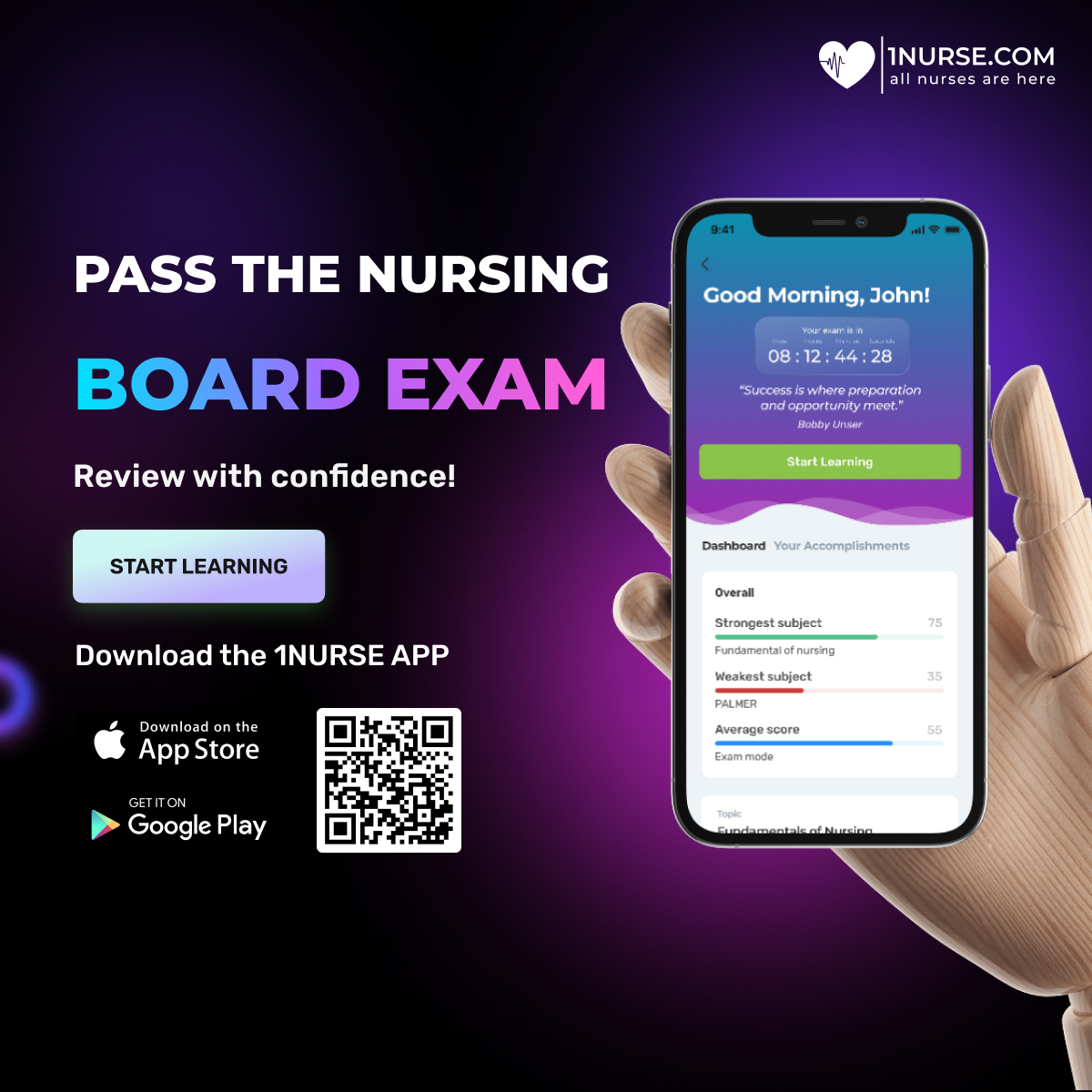Simulation technology has become an increasingly popular tool in nursing education for evaluating competence and confidence among nursing students and practicing nurses. Simulations provide a realistic and safe environment to practice clinical skills and decision-making, allowing learners to gain hands-on experience and receive feedback on their performance. In this article, we will discuss how simulation technology is used to evaluate competence and confidence in nursing and the benefits of this approach.
Simulation Technology for Evaluating Competence and Confidence
Simulation technology provides a safe and controlled environment for learners to practice clinical skills and decision-making, such as patient assessment, medication administration, and emergency response. Simulations can be performed on high-fidelity mannequins or computer-based scenarios that mimic real-life situations, allowing learners to practice in a realistic and immersive environment.
Simulation technology allows educators to evaluate the competence and confidence of nursing students and practicing nurses in a variety of scenarios, including emergency situations, patient care, and team communication. Educators can provide immediate feedback on performance, identify areas for improvement, and track progress over time.
Benefits of Simulation Technology
Realistic and Safe Environment: Simulation technology provides a realistic and safe environment for learners to practice clinical skills and decision-making, without risking patient safety or well-being. Simulations can be tailored to specific learning objectives and can be repeated until proficiency is achieved.
Immediate Feedback: Simulation technology allows for immediate feedback on performance, which is essential for learners to improve their skills and build confidence. Educators can provide feedback on technical skills, communication, decision-making, and teamwork.
Standardized Evaluation: Simulation technology provides a standardized evaluation of competence and confidence, ensuring that all learners are evaluated using the same criteria and scenarios. This approach eliminates bias and ensures consistency in evaluation.
Identifying Areas for Improvement: Simulation technology allows educators to identify areas for improvement, such as technical skills, communication, and decision-making. This information can be used to develop targeted learning plans and address individual needs.
Enhancing Critical Thinking: Simulation technology enhances critical thinking skills by requiring learners to make decisions and take action in real-time. This approach encourages learners to think critically, analyze information, and apply knowledge to make informed decisions.
Enhancing Patient Safety: Simulation technology enhances patient safety by allowing learners to practice clinical skills and decision-making in a safe and controlled environment. This approach reduces the risk of errors, improves patient outcomes, and promotes a culture of safety.
Evaluating Competence
Simulation technology is an effective tool for evaluating competence and confidence among nursing students and practicing nurses. It provides a safe and realistic environment for learners to practice clinical skills and decision-making, receive immediate feedback, and identify areas for improvement. Simulation technology enhances critical thinking, promotes a culture of safety, and improves patient outcomes. By incorporating simulation technology into nursing education and professional development, educators can ensure that learners are competent, confident, and well-prepared to provide high-quality care to patients.
Connect with Nurses and Employers here









